How to make a city-owned grocery store actually work
Can you imagine if a grocery store was run like the library?

Zohran Mamdani cruised to a victory in the Democratic primary election for mayor in June on a platform of kitchen-table affordability issues. One of those involved the literal kitchen table: pitching a pilot program city-run grocery stores to help bring affordable, healthy food to neighborhoods stuck in food deserts. A joke going around right-wing social media in reaction to this idea went something like this: can you imagine the people who run the DMV being in charge of running your grocery store??
This was a swing and a miss for many reasons, not the least of which is that it yet again shows how piss poor right-wing trolls’ understanding of New York City really is (we mostly don’t drive, so rarely go to the DMV, which can actually be a pretty seamless experience, now that you can make an appointment). But here is an alternate idea to think about: can you imagine if the people who run the library were in charge of running a grocery store? We’d be so lucky!
I spent the past few weeks calling around to a few experts to ask what a municipally owned grocery store could actually look like in the city, and I was pointed to one that sounded suspiciously like a library: Oasis Market in North Tulsa, Oklahoma. The store opened in 2021, in a neighborhood that hadn’t had a grocery store in 10 years. It was built on public land with public support and private fundraising. But beyond the food, the store has a community room and hosts classes on nutrition, household budgeting, housing application assistance and free summer meals for kids and indeed even a bookmobile.
“It really serves as a community hub,” Kennedy Smith, senior researcher at the Institute for Local Self-Reliance, which researches ways to build local power and fight corporate dominance, told The Groove. “It has been a screaming success. It is doing really well.”
Still, there are few other examples across the country of successful publicly owned grocery models, even as many communities around the country remain firmly stuck in food deserts with little access to fresh food. A few efforts have failed already.
Mamdani built his campaign on an affordability trifecta: freeze the rent, make buses fast and free and create city-owned stores that would aim to bring affordable fresh food to areas of the city that need it. More than 40% of adult New Yorkers live in a household at risk for food insecurity, part of a rising trend, according to a 2025 report from the city.
But even if you don’t live in one of those areas, the proposal can be an alluring idea to a wide swath of New Yorkers, from anyone whose only food shopping options are the kind that wrap all their produce in plastic, to the hyper gentrified neighborhoods like Williamsburg, where a food market that once catered to the waterfront gentrifiers is struggling, leaving some in the neighborhood craving a simple FoodTown.
The grocery business is notoriously thin on profit margins, often slicing off only 1-3% profit of every sale, which leaves little to go into store maintenance and other needs beyond keeping food on the shelves (a fast-food restaurant, by comparison, can turn a 6 to 9 percent profit margin). There are monopoly issues that keep the big grocery store chains in control of the industry (spend a few minutes reading up on the Robinson-Patten Act, which was supposed to prevent exactly this thing until the Reagan administration dismantled it. That guy again!)
Put this in your cart: Community backed, worker-owned local journalism that's helpful and fun. Become a member to support us today and you'll get access to great perks too.
“The entire food production industry is dominated by big corporations now,” Smith said. “That corporate concentration makes it hard for small and independent-owned businesses to really succeed in the grocery industry itself.”
Produce over profit?
So, does it matter if a city-owned store loses money? The subway doesn’t necessarily turn a profit for the state, but we would be at a loss without it. The water utility is maybe the best analogy, Rial Carver, director of the Rural Grocery Initiative at Kansas State University (located in, she pointed out, Manhattan Kansas, known as "The Little Apple") told me.
“A water utility, it operates as a business, the municipality charges for consumers’ use of the water, but there’s also some public support to operate that service," she said. "The grocery store as a municipal-run model is using similar logic."
Mamdani’s campaign did not respond to requests for an interview on this subject, nor has he released a detailed plan of how he actually wants to approach this challenge if and when elected.
His platform calls for a pilot effort of one store in a food desert area in each borough, with the hopes of eventually creating “a network of city-owned grocery stores focused on keeping prices low, not making a profit.” The platform says those stores would save on property taxes and rent, centralize warehousing and distribution and sell at wholesale prices. The city, Mamdani points out, is already in the grocery business in a fashion: it buys large quantities of food for hospitals and schools, and spends millions on SNAP and WIC (food assistance programs for low-income people and families), money that goes to private store operators. Grocery stores are not required to accept SNAP or WIC either.
The city also already tries to put its thumb on the scale to encourage grocery stores to open or expand; its Food Retail Expansion to Support Health (or FRESH) program offers zoning initiatives to developers and tax incentives to operators. There are conditions to that, including setting aside a certain square footage for produce, but it doesn’t say anything about cost controls or even accepting SNAP benefits. The program has helped 27 stores to open since 2011, according to Vital City. But FRESH still reeks of late-capitalism, the market-will-fix-it! thinking, and the profit-driven approach hasn’t filled all the gaps so far.
“I certainly understand that corporations might be reluctant to go there,” Smith said. “But that doesn’t mean the people that live there don’t deserve healthy food.”
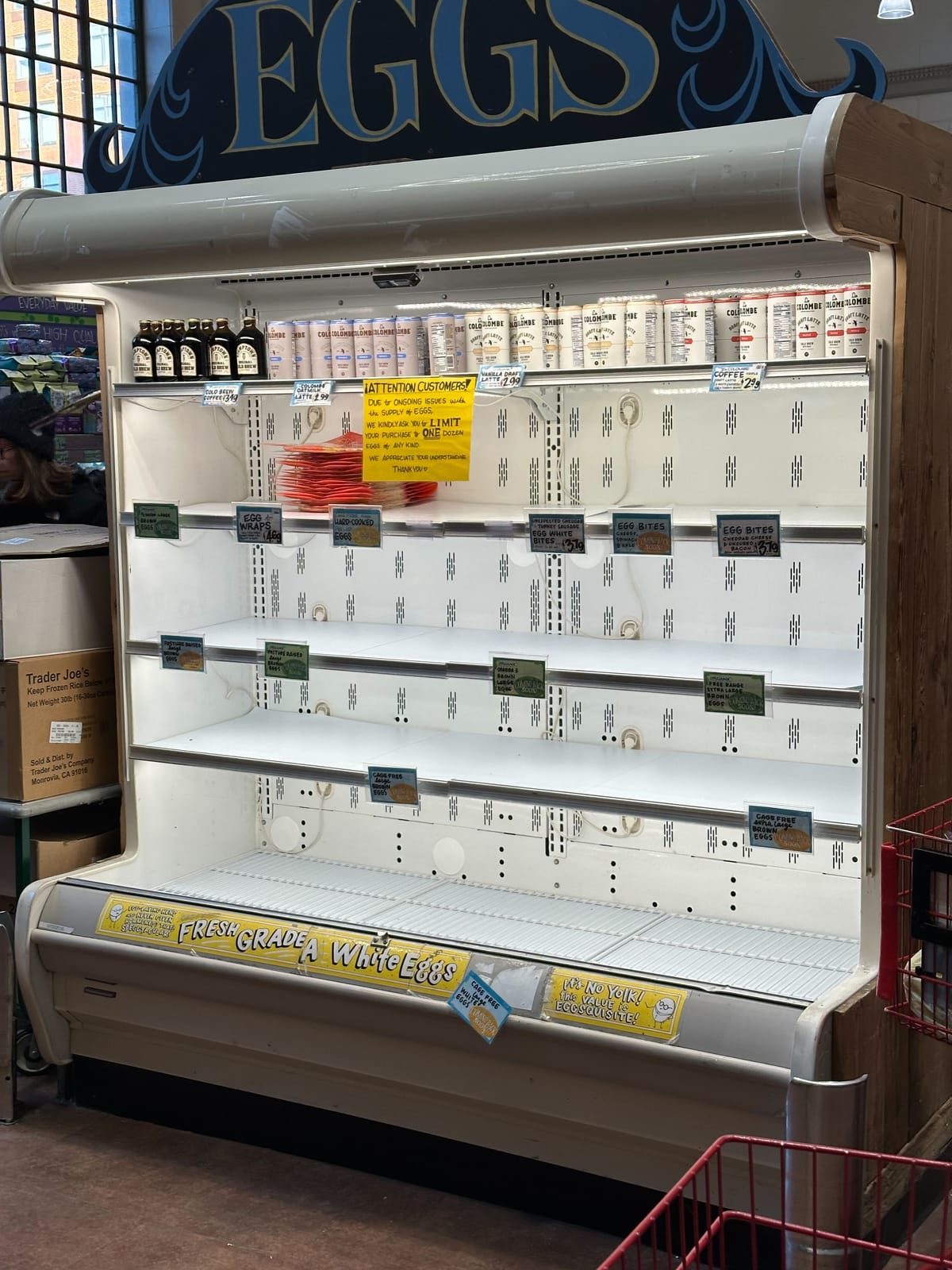
A failure in Florida
Mamdani’s proposal is more along the lines of his general philosophy that government can be a force for good: just build the thing people need, instead of waiting for the private market to do it.
The small municipality of Baldwin, Florida tried this when it opened a town-owned grocery store in 2019. The store’s sales boomed during the pandemic but afterward struggled to break even in the town of 1,400. Its deficit approached $200,000 a year, and the store closed in March 2024. The largest problem was its buying power: Bigger chains can buy in bigger volume and stock at lower costs, a gulf that only got wider since 2021, according to the Florida Times Union.
"Once it starts costing the town more and more, the writing was on the wall with that," Baldwin Mayor Sean Lynch told the paper. "You couldn't just keep going that way."
Chicago contemplated opening a city wide grocery store of their own, but backed off the idea this year. Critics might point to those two examples of why New York would fail, but the grocery business is hyper local, and things that work in one place don’t work in others.
“It makes no sense to compare a place like [Baldwin] to a place like New York,” Smith said.
‘Never have a store close’
Let’s say then that profit isn’t the main concern for the Mamdani market concept; actually cracking people’s behaviors may prove to be the trickier challenge, Carver said.
It might seem like a new grocery store in a neighborhood lacking fresh food would have an immediate captive audience. But without a grocery store, people’s behaviors have already changed, and it’s not always easy to change them back, she said.
“They will have been getting groceries from somewhere so it does require they change their behaviors, change their habits,” she said. “In rural communities, we have found that it is most helpful to never have a store close because the people aren’t forced to change their behaviors, change their habits and build a new routine. … If a store leaves and reopens, they have to change habits twice.”
Carver said the challenges between rural and urban food deserts are similar. She pointed out that smaller stores that have been successful opening in those areas often think outside of the box and drive traffic in a creative way, like those library-adjacent examples. She pointed to one such food market in Kansas that has had success in sharing a space with a florist shop.
“I think it's all about finding ways to bring in foot traffic,” she said. “Are there events that can attract people to the store? Are there other services that you can offer to bring them in?”
Saw this in my local D'Agostino and it made me so sad I had to go home and take a Klonopin
— Rich Mintz (@richmintz.bsky.social) 2025-08-20T17:26:09.613Z
‘People have to win the shopping trip’
The one chaos factor in this whole proposal is the potential benefactors themselves: grocery shoppers in New York.
Shopping behavior in the city is hard to predict, constantly upended by expanding delivery apps and changing diets or trends. In this aspect, it is not, unfortunately, as pleasant as running a library. I talked to one friend who worked in the grocery store industry for 18 years, with more than a decade managing New York City stores alone.
“Everybody is so hyper aware of all the other shoppers,” he told me. It becomes competitive, like anything else in the city. “People have to win the shopping trip, they have to win the subway train, they have to win the post office. Their interactions with each other always seemed so much more charged. ‘This guy’s ruining my shopping trip.’”
Maintaining inventory and staff turnover are two of the biggest challenges he came across. He’s intrigued by Mamdani’s proposal, but said it will indeed require some out-of-the-box thinking to work,including hiring professionals from the industry but also people willing to take risks.
“Don’t hire a bunch of consultants that don’t know groceries,” he advised. “You need people who know the very unique industry but also people who don’t have tunnel vision from only doing that.”
Now is the part of the story to tell you that I’m not totally a neutral party on this issue. I put in a few years in the trenches of New York city grocery jockeying at the Cobble Hill Trader Joe’s right after it opened, during the peak recession (it’s where Dave and I met and I forced him to do blogging for Brokelyn, actually, and now look at us).
I have a take on the reason why Trader Joe’s is successful, and it’s not simply because it’s cheap (or that everyone who works there or ever has worked there is cute). It’s also because people usually overthink grocery shopping. The modern consumer at the big chain supermarket is faced with endless choice, a hyper-reality of never ending supplies of various brands and versions of the same thing, requiring time bent over analyzing per-unit pricing and label-reading health differences. Trader Joe’s helps out by carrying one house brand of mac-and-cheese, one label of beans, bags and bags of house-brand frozen peas.
Working the register for hours a day, hundreds of people a week, you find that people mostly buy the same thing all the time, and they just need to kinda top off their supplies.
My other stake in this is that I’m a member of one of the few co-op stores in the city, where one of the main appeals for me is the bulk goods section. You can top off your supply of coffee beans, laundry detergent, granola or olive oil without taking an absolute bath on the price of packaging every time (not even to get into the environmental benefits of less plastic packaging everywhere). I asked a few of the experts I talked to, and so far bulk isn’t a key part of the public-backed grocery store model. But right now, anything is on the table to consider for the city. It won’t be an easy problem to solve, but it’s perhaps better than waiting for the likes of Gristedes (ahem) to get a conscience, damn the profits and open in a Bronx food desert.
“It feels Overton window-ish,” my grocery industry friend said. “The fact that he’s talking about it; I don’t know if in two and a half years we’ll have this but we’re talking about it and if we all survive in 20 years maybe we can have it.”
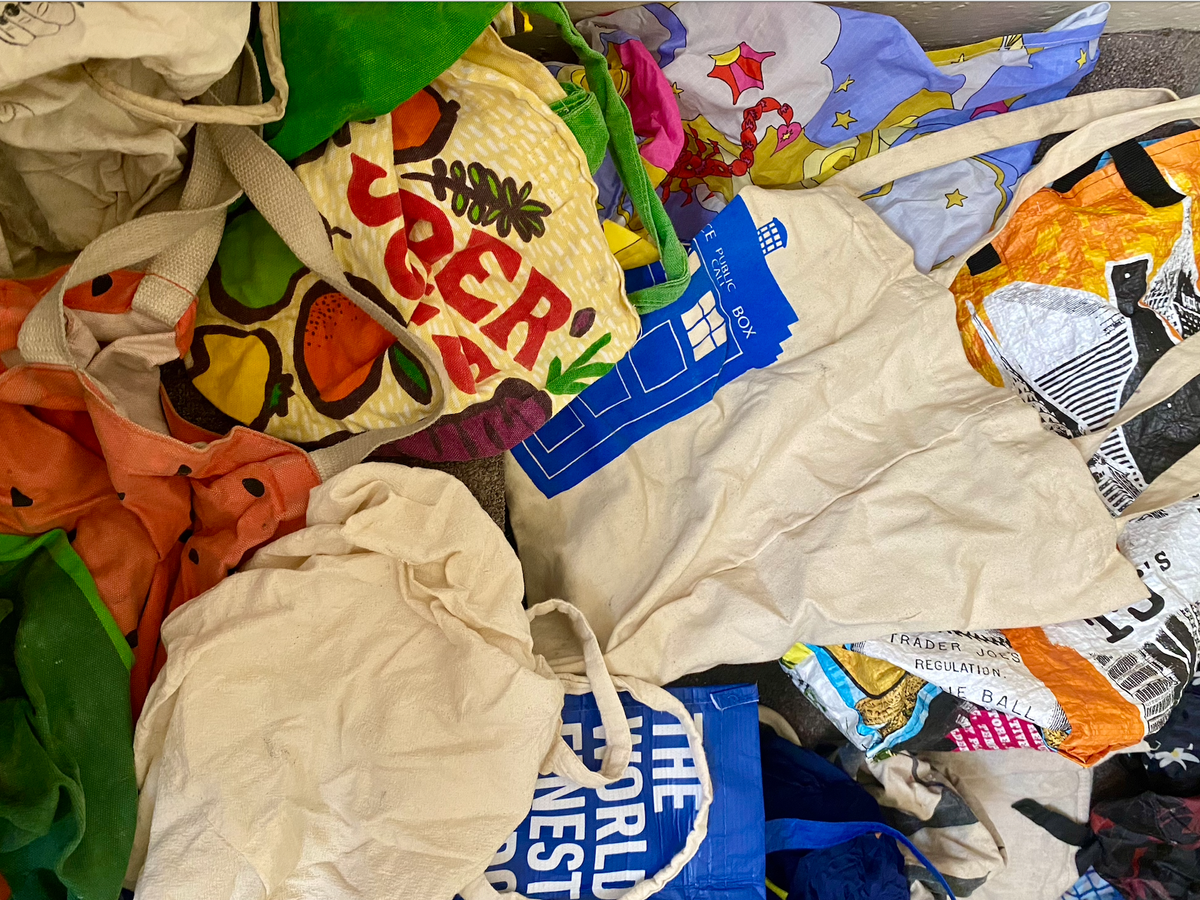

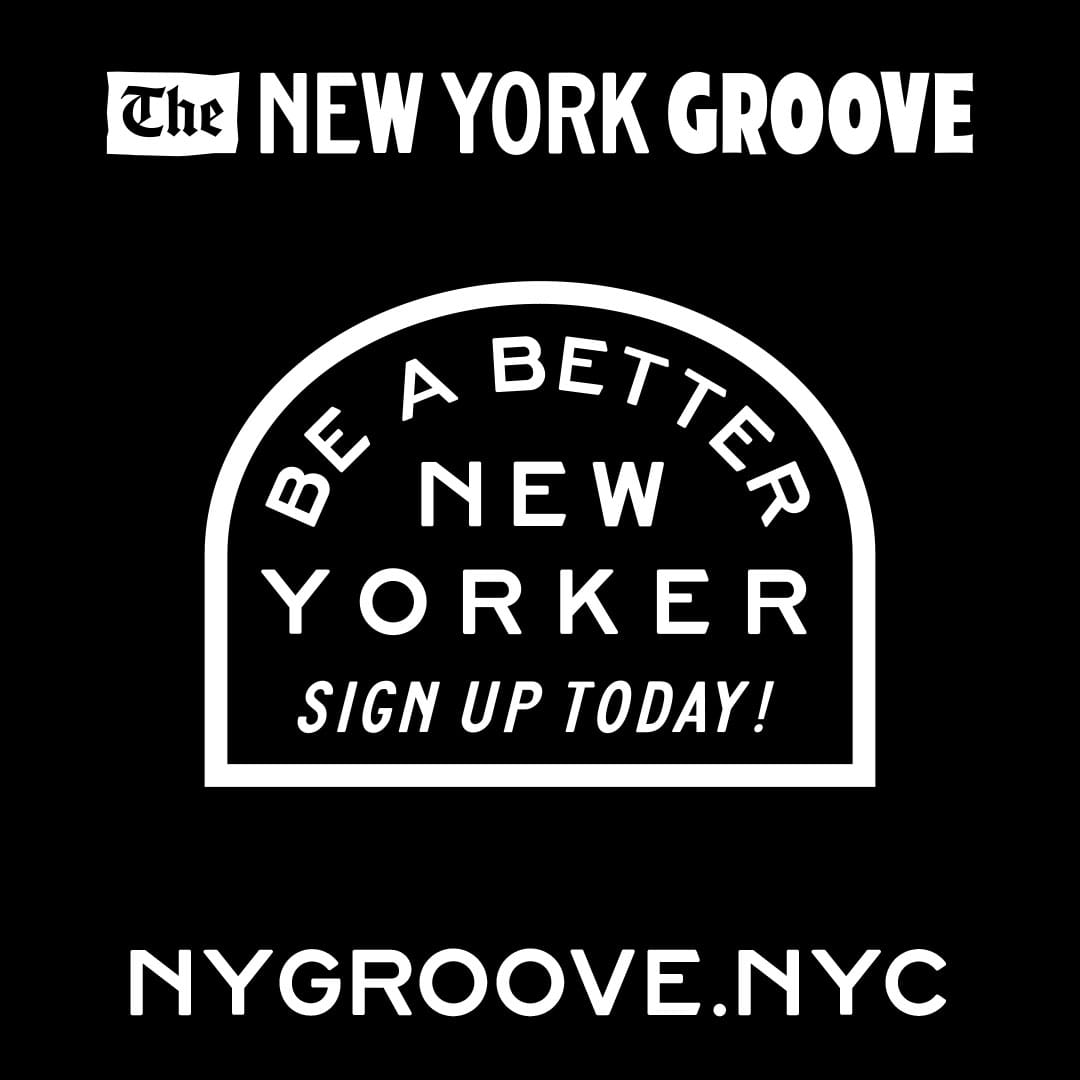



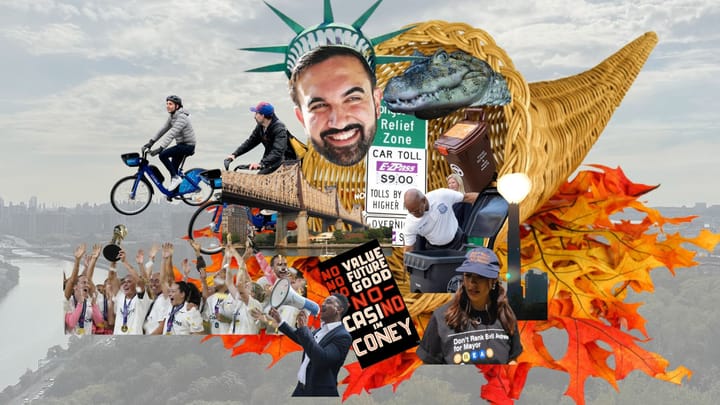
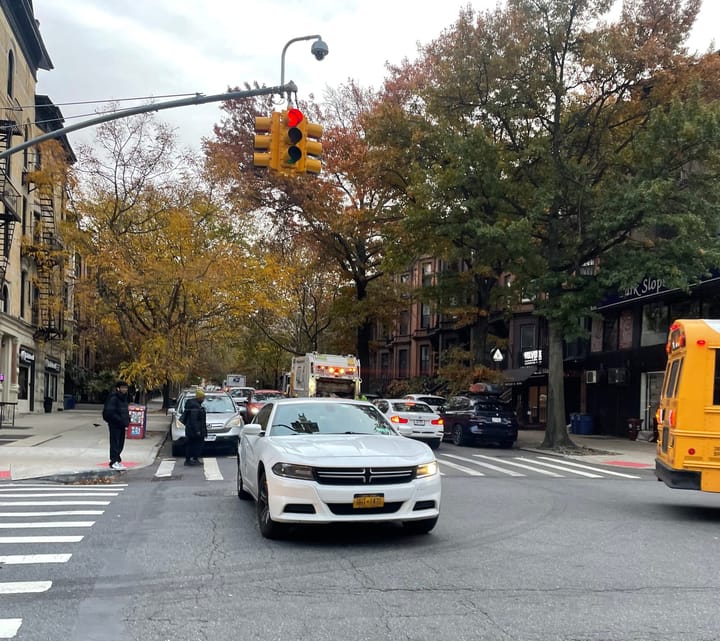
Comments ()